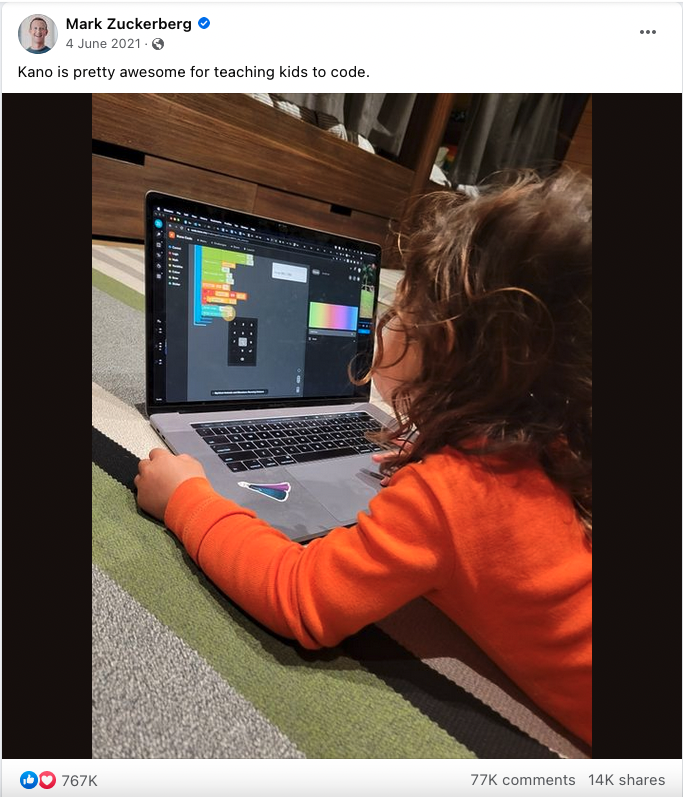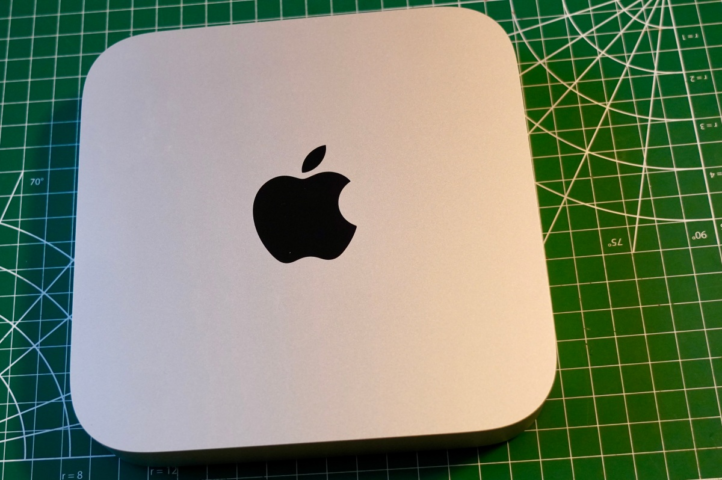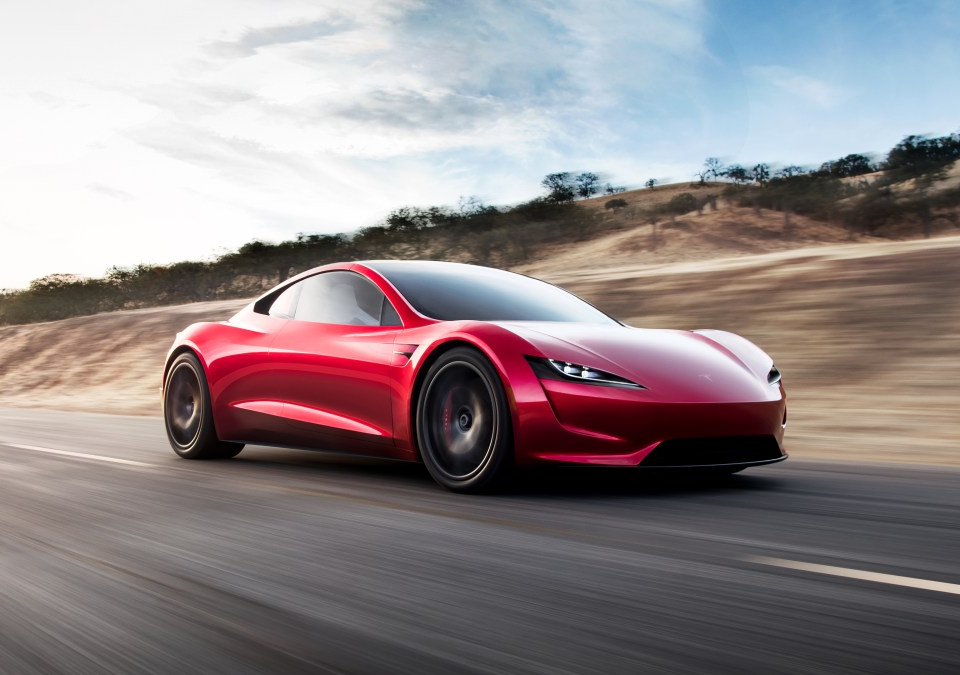
Warner Bros. swiped our Harry Potter wand IP, says Kano
January 28, 2023
Tesla’s energy storage arm caps 2022 with ‘highest level’ of deployments ever
January 30, 2023
Apple’s latest silicon innovations shine in the Mac Mini. The tiny desktop computer is the latest Apple computer fitted with the M2 chipset. For $599, buyers can opt for the M2, or they spend $1,299 for the impressive M2 Pro, which features unique benefits.
For the last several days, my M1 Mac Mini sat on the sidelines while the new Mac Mini used the court. This machine soars. As expected, the new SoC lets the machine easily jump through applications and tasks. That said, the M1 Mac Mini released in 2020 has always worked fine. I’ve used one since launch and still find it adequate. It’s not new-phone fast anymore, though. With this M2 Pro, I feel like an F1 driver with a new set of tires and a tank full of gas. I’m ready to go for another hundred laps.
I threw everything in my daily rotation at the M2 Pro, and it never blinked. It zoomed through media encoding and heavy photo editing. It conquered benchmarks and put up with Chrome’s never-ending quest for system memory. It’s been a joy to use.
The Mac Mini has long been Apple’s most affordable computer. But, occasionally, it was left out of Intel CPU updates over the years, making the computer look unloved and forgotten. Now that Apple is making its chips, the Mac Mini is back in rotation. In 2020, the Mac Mini helped debut the M1 chip. Now in 2023, the Mac Mini, alongside the 14- and 16-inch MacBook Pro, is debuting the M2 Pro.
Buyers have a couple of options with the M2 Mac Mini. For $599, they can select the base model that features the M2 CPU, 8GB of memory, and 256GB of storage. Spend $799 to upgrade the SSD to 512GB. The M2 Pro is available for $1,299, and for that price, buyers get 16GB of memory and 512GB of SSD storage. Spend more to upgrade the number of cores in the CPU and get more system memory and up to 8TB of local storage.
The differences between the M2 and M2 Pro are minor, but consequential. The M2 Pro offers significant advantages for some uses. The M2 Pro has double the amount of transistors over the M2 and has twice the memory bandwidth. The M2 has an 8-core CPU with a 10-core GPU. The M2 Pro has up to a 12-core CPU and up to a 19-core GPU. The M2 Pro also has an additional Thunderbolt controller, allowing it to be equipped with four Thunderbolt ports instead of the two on the standard M2 Mac Mini. This also allows the M2 Pro Mac Mini to support up to three monitors instead of the two from the standard M2.
The M2 Pro in my tester set incredible benchmarks. For example, in Geekbench 5, the multi-core benchmark clocked in at 14,991. That’s several clicks over the performance of the M1 Max in the Mac Studio (12,336) and Intel Xeon W-3245 from late 2019 (14,674). The single-core benchmark was even more telling: The M2 Pro scored 1,932, topping the previous record of 1,900 set by the 13-inch M2-powered MacBook Pro. The M1 Mac Mini scored 1,715.
Benchmarks only tell part of the story.
Let’s look at the placing of the $2,099 M2 Pro against the stock $1,999 Studio M1 Max. Think of the Studio line like super Mac Minis. The Mac Studio with the M1 Pro and Max was released nearly a year ago, in the winter of 2022. Apple will likely refresh it eventually, but as it sits, it offers distinct advantages over the new M2 Pro Mac Mini, even though the benchmarks place the Studio behind the newer computers. The difference comes down to the beefy M1 Max. The Max designation signals the chip has additional CPU cores, video decoding pipelines and Thunderbolt controllers. The $1,999 Studio also ships with 32GB of RAM, wherein it’s an additional $199 surcharge in the Mac Mini. The Mac Studio has a front-facing SD card slot, which I’d love to have on the Mac Mini.
Apple is keen to point out that the Mac Mini can play video games. But this isn’t a gaming computer. For the Mac Mini to perform well as a gaming computer, the games must use Metal, which means it’s coded directly for Mac OS. Unfortunately, there are very few games on the market in this format. Apple provided me with a copy of Resident Evil Village, and the graphics are the best I’ve ever seen on a Mac. They look great, and the game is smooth and responsive, but I highly doubt anyone is shopping for a Mac Mini with the primary purpose of playing games.
Gaming has never been a Mac selling point. Unfortunately, the M2 doesn’t change that, though it’s lovely to see Apple’s strides in this area.
The M2 chip brings the Mac Mini into a new world of performance. The benchmarks show a computer capable of keeping up with the fastest computers Apple has ever made — and now the performance is available at relatively low prices.
But do you need the M2 Pro? That’s my lingering question. The M1 chips can handle most daily tasks, and the M2 is built from the same secret sauce. So would I find the M2 Pro a must-have upgrade if it was my money? I don’t think so.
I doubt most users would see a difference between an M2 and M2 Pro outside of resource-heavy media editing software. The standard M2 is suited ideally for browsing the internet and using Apple’s built-in apps. And the standard M2 would still be an impressive upgrade over existing systems. The $599 M2 Mac Mini, even with its limited local storage, seems like a killer deal.
With the M2 and M2 Pro, the Mac Mini sits among the most powerful computers Apple offers at any price point. And let’s remember one of the Mac Mini’s main selling points: it’s mini. The Mac Min is a tiny package that offers a lot of flexibility. Bundle it with one of Apple’s Studio Displays for a great iMac alternative, or use it with an inexpensive monitor for a low-cost workstation. As always, the Mac Mini is a value proposition, and it’s never looked better than it does now with the M2 and M2 Pro.



